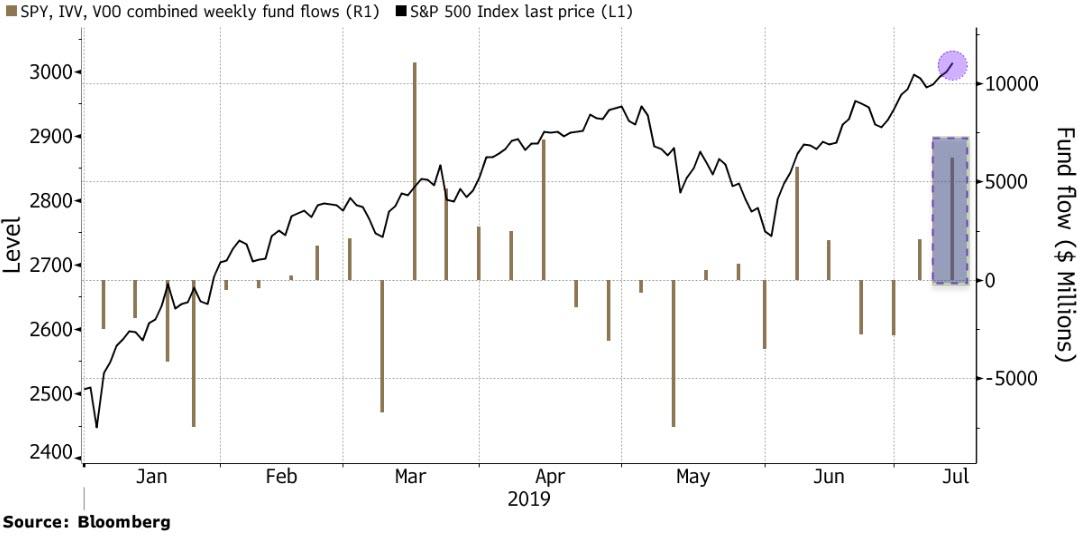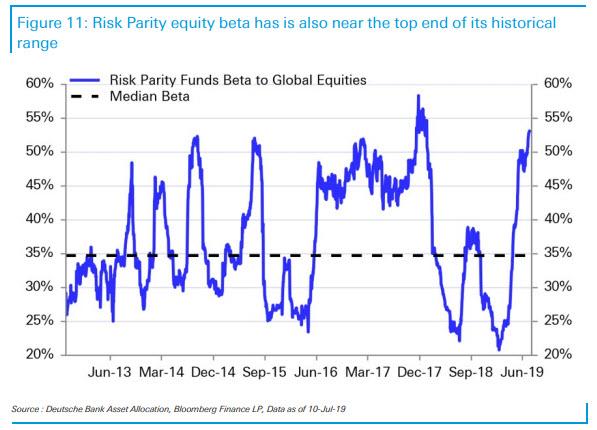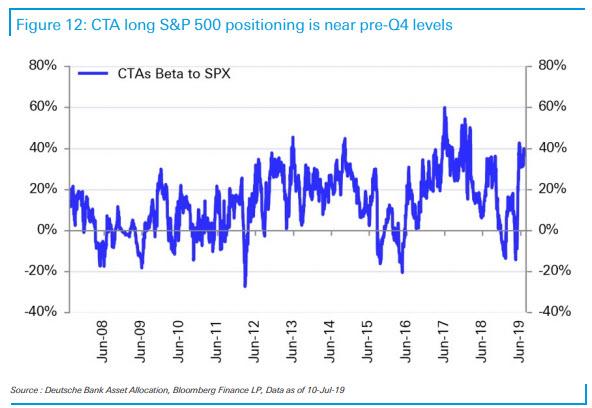Things are getting uglier by the second in American politics and the sheer awfulness of the current moment perfectly illustrates why I’m libertarian. Do you really want to live in a world where you’re constantly living inside either Donald Trump’s mind or that of Rep. Alexandria Ocasio-Cortez’s (D–N.Y.) democratic socialist “squad”?
Our lives are too short, too fleeting, too important to spend all of our waking hours engaged in the systematic organization of hatreds, which is as good a working definition of politics as there is. There’s ultimately not a lot of wiggle room between Trumpian conservatism, which demands complete reverence for the Donald and includes bolder and bolder threats to stifle free speech along with free trade, and Ocasio-Cortez’s Green New Dealism, which explicitly uses the totalist regimentation of all aspects of American life during World War II as its model. If I wanted to deal with politics all the time, I’d move to a totalitarian country already.
Libertarians are not anarchists but believers in limited government. Certain rights cannot be voted away but we believe that there are areas of life where consensus legitimately rules and that policy should be set by the group rather than the individual. Precisely because politics is a form of force and coercion, though, the parts of our lives governed by consensus should be as small as possible, limited to essential services such as basic infrastructure, law enforcement, safety standards, welfare for the indigent, and some education. The government should treat all people as individuals and all individuals as equal before the law. Over the years, I’ve become less dogmatic about exactly how little or how much the state should do, preferring instead to talk about libertarian as an adjective or a pre-political sensibility, “an outlook that privileges things such as autonomy, open-mindedness, pluralism, tolerance, innovation, and voluntary cooperation over forced participation in as many parts of life as possible.”
Where you and I will draw those lines will likely differ depending on a variety of things and, by all means, let’s have fierce yet civil debates over the scope and efficacy of specific policies and actions. But let’s also avoid the shit show currently on display. Leading the parade of fools is, of course, President Trump, whose recent tweets are not simply racist or in poor taste but deeply un-American.
Where exactly does he get off telling people that if they don’t like everything about the United States, they should leave? That only one of the four Democratic representatives he was originally attacking was actually born in a foreign country underscores his lack of cognitive functioning and the deep-seated nativism of his mindset. Even if you’re born here, he’s saying, you’re not really American unless you look like him.
So interesting to see “Progressive” Democrat Congresswomen, who originally came from countries whose governments are a complete and total catastrophe, the worst, most corrupt and inept anywhere in the world (if they even have a functioning government at all), now loudly……
— Donald J. Trump (@realDonaldTrump) July 14, 2019
….and viciously telling the people of the United States, the greatest and most powerful Nation on earth, how our government is to be run. Why don’t they go back and help fix the totally broken and crime infested places from which they came. Then come back and show us how….
— Donald J. Trump (@realDonaldTrump) July 14, 2019
More importantly, Trump’s aggressively banal jingoism stands in direct and obvious contradiction to the origins of the United States, both as colonial havens populated by religious dissenters and people seeking economic opportunity, and later as a breakaway republic from an oppressive government. “Our Country is Free, Beautiful and Very Successful. If you hate our Country, or if you are not happy here, you can leave,” the president counseled today, as if exit is the only legitimate option when it comes to lobbying for political change.
If he read books, I’d suggest that Trump pick up a copy of Albert O. Hirschman’s 1970 treatise on “responses to declines in firms, organizations, and states.” Exit, Voice, and Loyalty discusses the different ways individuals can effect change. Leaving to go elsewhere—exit—is indeed an option, but so is basically sucking it up and becoming an uncritical organization man (loyalty), or complaining and working to change the system (voice). Trump’s basic argument is reductio ad Archie Bunkerism—love it or leave it. It’s not worth engaging seriously and indeed, the only reason he isn’t being more roundly mocked is that he’s wrapped his dumb canard in ugly, divisive language that participates in long traditions of racial and ethnic exclusion.
Our Country is Free, Beautiful and Very Successful. If you hate our Country, or if you are not happy here, you can leave!
— Donald J. Trump (@realDonaldTrump) July 16, 2019
By the same token, the Ocasio-Cortez squad offers no hope of escaping politics, either. Instead, it seeks to fully regulate expression in the name of political purposes. One of its members, Rep. Ayanna Pressley (D–Mass.), effectively channels Trump’s “you’re with us or against us” mindset when she declares, “We don’t need any more brown faces that don’t want to be a brown voice. We don’t need black faces that don’t want to be a black voice. We don’t need Muslims that don’t want to be a Muslim voice. We don’t need queers that don’t want to be a queer voice.”
Rep Ayanna Pressley (D-MA) “We don’t need any more brown faces that don’t want to be a brown voice. We don’t need black faces that don’t want to be a black voice. We don’t need Muslims that don’t want to be a Muslim voice. We don’t need queers that don’t want to be a queer voice” pic.twitter.com/2NIj5Vvcor
— Ryan Saavedra (@RealSaavedra) July 15, 2019
The unwillingness of Ocasio-Cortez to acknowledge good-faith disagreements even with her political allies—she’s accused Rep. Nancy Pelosi (D–Calif.) of “explicitly singling out newly elected women of color,” insinuating that the Democratic Speaker of the House is racist like the president—is a tactic used by Trump and his supporters.
This is politics at its absolute worst. It helps explain why the long-term trend of Americans refusing to identify as a Democrat or a Republican proceeds apace. Last month, Gallup found just 27 percent of respondents admitting that they are Democrats and only 26 percent admitting that they are Republicans. Each of those numbers is at or near historic lows.
Who can blame us, really? Especially when there is a legitimate alternative to reducing your entire existence to political grudge matches between repellent teams who explicitly tell you to check your brain at the door? “The Libertarian Moment” didn’t materialize when Matt Welch and I first coined the phrase in 2008, nor did it materialize when it was being talked about in the pages of The New York Times Magazine, that’s for sure. But the idea of living in a world beyond politics, where we can agree to disagree about how to live most of our lives, is looking better and better all the time.
from Latest – Reason.com https://ift.tt/2jNEZfU
via IFTTT
























